Have you ever caught your cat staring at you with those mysterious, twinkling eyes and wondered, “What’s going on in that furry little head?” Maybe you’ve felt like your cat knew just when you needed a cuddle—or, on the flip side, when to ignore you completely! It might surprise you, but science and everyday life are starting to reveal something shocking: your cat could be emotionally smarter than you ever imagined. Let’s dive deep into the secret world of feline feelings and discover how these whiskered companions can sense, respond, and even manipulate the emotions in your home.
The Surprising Depths of Feline Intelligence
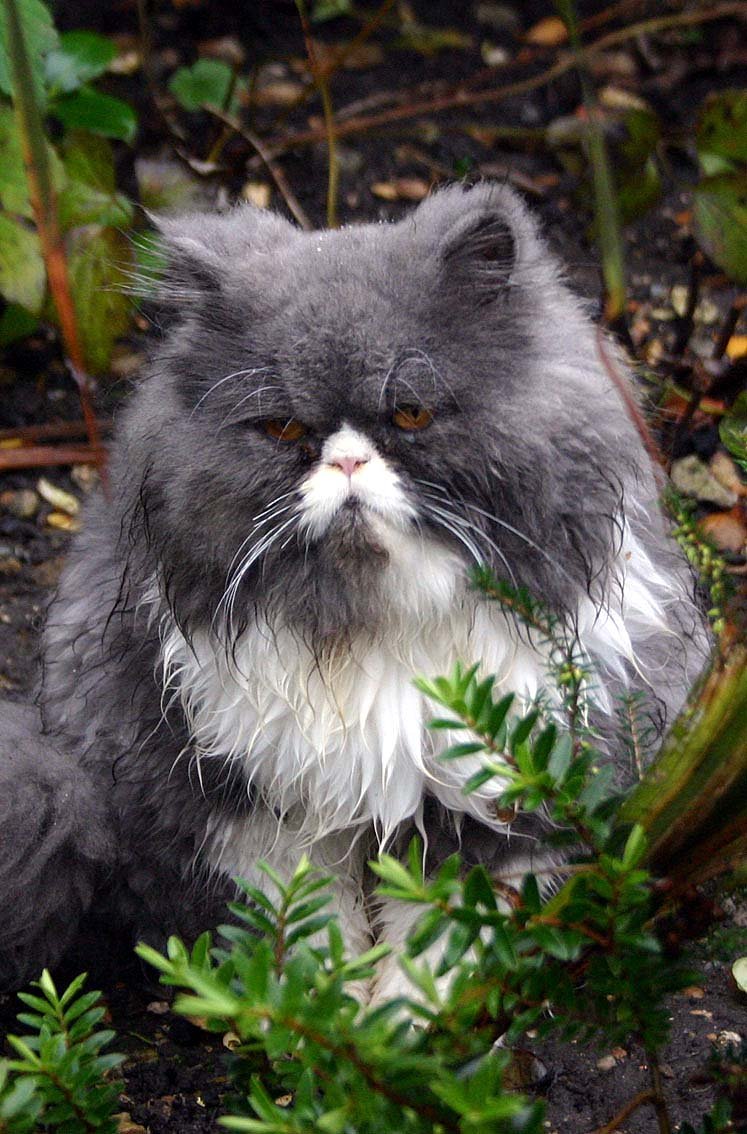
When most people think of smart animals, dogs or dolphins usually jump to mind. But cats are quietly rewriting that script. Their intelligence might not always be flashy, but it’s certainly there, lurking behind those curious glances and twitching tails. Cats have evolved remarkable problem-solving skills, especially when it comes to getting what they want. From opening doors to learning your daily routine, they notice, remember, and adapt. Their intelligence is often emotional, tied closely to understanding the humans around them. Unlike robots, cats don’t follow commands blindly—they think, feel, and make choices, often based on their bond with you.
Reading Human Emotions: Are Cats Really That Perceptive?

It’s easy to dismiss a cat lounging nearby as indifferent, but studies have shown that cats can actually read human emotions. They pay close attention to your voice, facial expressions, and even your posture. If you’re sad, your cat might sit closer, purring softly. If you’re anxious, you might find your cat acting more cautious or distant. Some cats even mimic your moods, reflecting your energy back at you like a living, purring mirror. This knack for emotional reading isn’t just coincidence—it’s a subtle form of communication and connection.
Decoding Cat Body Language: What Are They Really Saying?
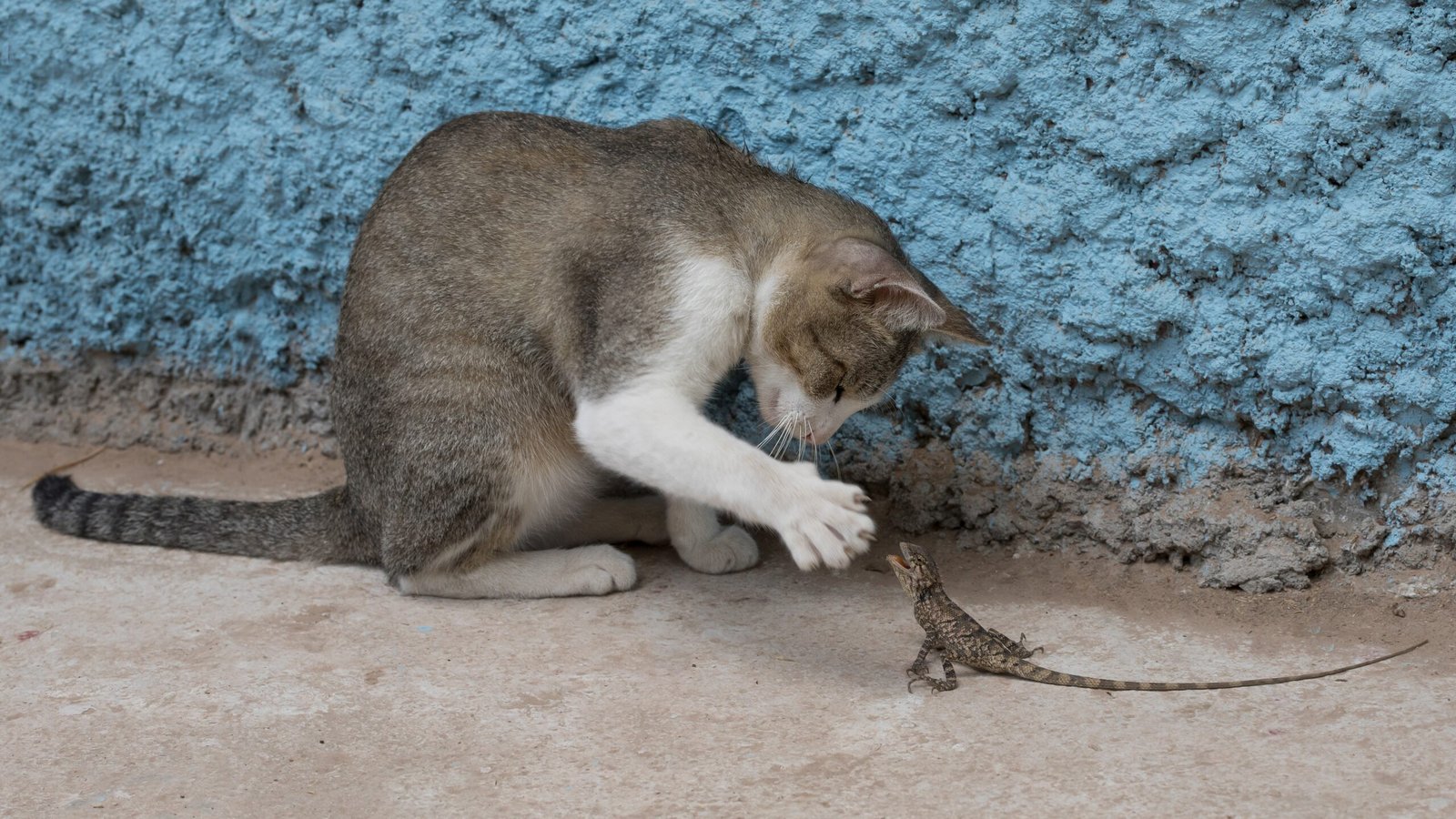
Your cat might not use words, but their bodies are always talking. The flick of a tail, the arch of a back, the slow blink—each movement carries meaning. Slow blinking, for example, is often a sign of trust and affection. When your cat kneads your lap, it’s more than just a cute quirk; it’s a throwback to kittenhood, signaling comfort and contentment. Even the way a cat positions its ears or whiskers can reveal whether it’s feeling curious, relaxed, or on edge. Learning to read these signals can open up a whole new level of understanding in your relationship.
Empathy in Whiskers: Do Cats Really Care?

Many people assume cats are aloof, but anyone who’s been nuzzled during a tough moment knows better. Cats can show surprising empathy, especially toward their favorite humans. If you’re crying or upset, your cat might come sit with you, purring or gently nudging your hand. This isn’t just about seeking attention—it’s a genuine response to your emotional state. Some researchers believe that cats developed this empathy as a way to strengthen their bond with humans, ensuring their place in your home and heart.
Recognizing Stress and Comforting Their Humans
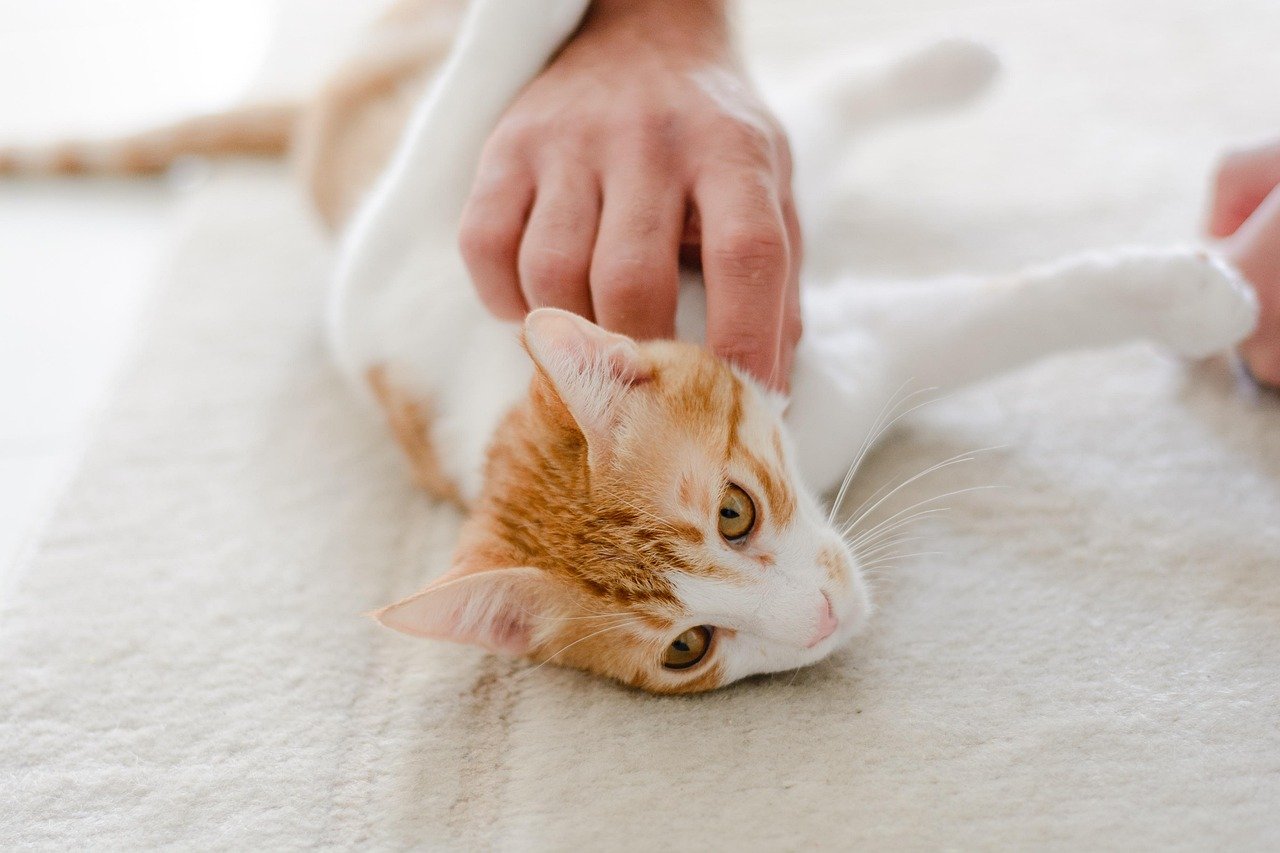
Cats are like emotional sponges—they soak up the moods in their environment. If there’s tension or stress in your home, your cat will usually pick up on it quickly. You might notice them hiding more, vocalizing differently, or even acting out. But the flip side is just as fascinating: cats will often go out of their way to comfort you. Whether it’s curling up beside you during a thunderstorm or softly meowing when you’re working late, their presence is their way of saying, “I’m here for you.”
The Science Behind Cat-Human Bonds

Recent studies are shedding light on just how deep the cat-human connection goes. Cats can form secure attachments to their people, similar to the bonds seen in dogs and even young children. When faced with a strange situation, securely attached cats will seek out their owner for reassurance. This attachment isn’t just about food or shelter—it’s about trust and emotional safety. Cats remember kindness, gentle touches, and the sound of your voice, building a lifelong friendship that goes far beyond the basics.
Understanding Cat Vocalizations: More Than Just a Meow

Cats have a whole symphony of sounds, from chirps and trills to purrs and yowls. Each vocalization has its own meaning, and many are directed specifically at humans. For example, the “solicitation purr” is a special sound cats use to get your attention—often around mealtime! Some cats even develop unique “words” just for their favorite humans, like a secret code shared between friends. Paying attention to these vocal cues can help you understand your cat’s needs and feelings much more clearly.
Manipulation or Emotional Genius?
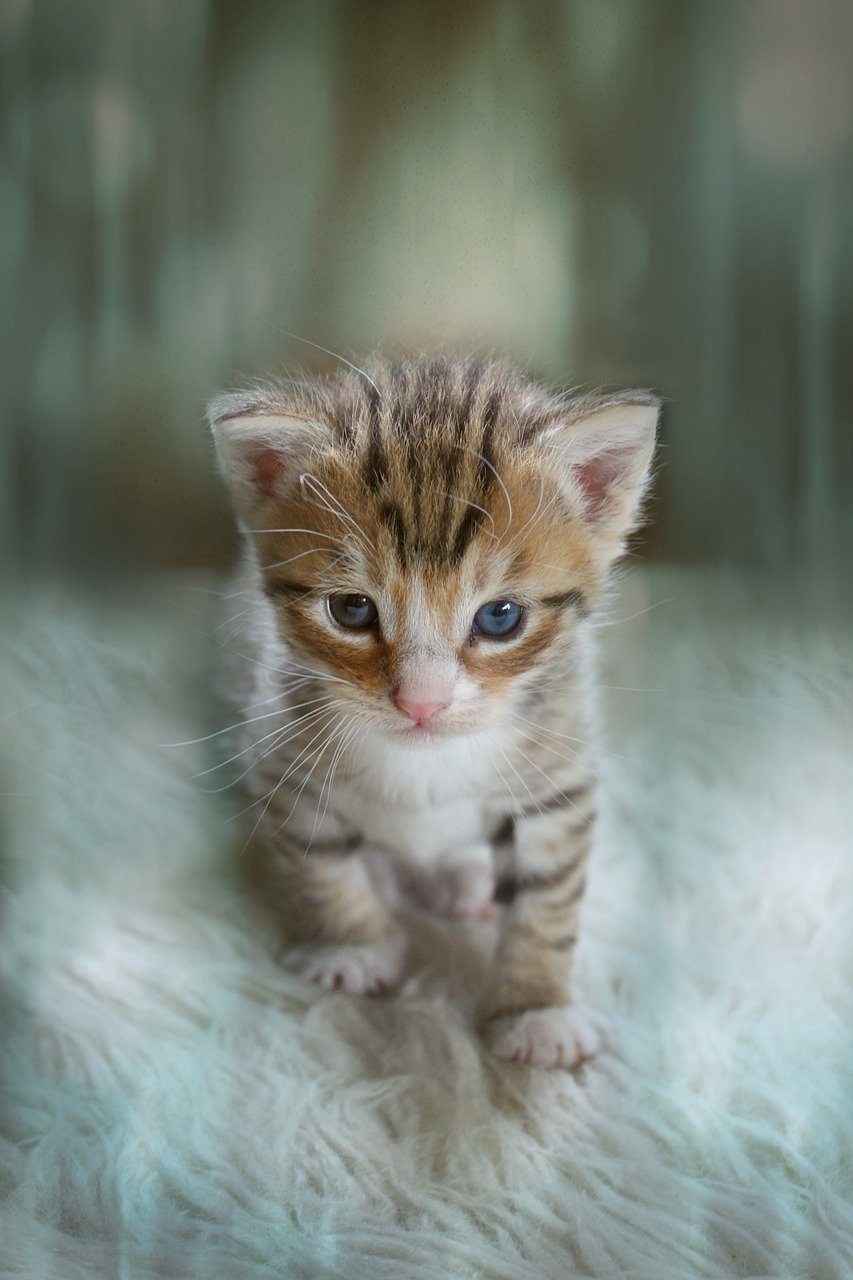
Let’s face it: cats can be little manipulators. They know how to get what they want, whether it’s an extra treat or a spot on your pillow. But is this just manipulation, or a sign of emotional intelligence? Experts say it’s the latter. By reading your reactions and adjusting their behavior, cats show a sophisticated understanding of human emotions and motivations. They might even “train” you, using certain meows or gestures to get a desired response. It’s not just clever—it’s emotionally smart.
Recognizing When Your Cat Needs Emotional Support
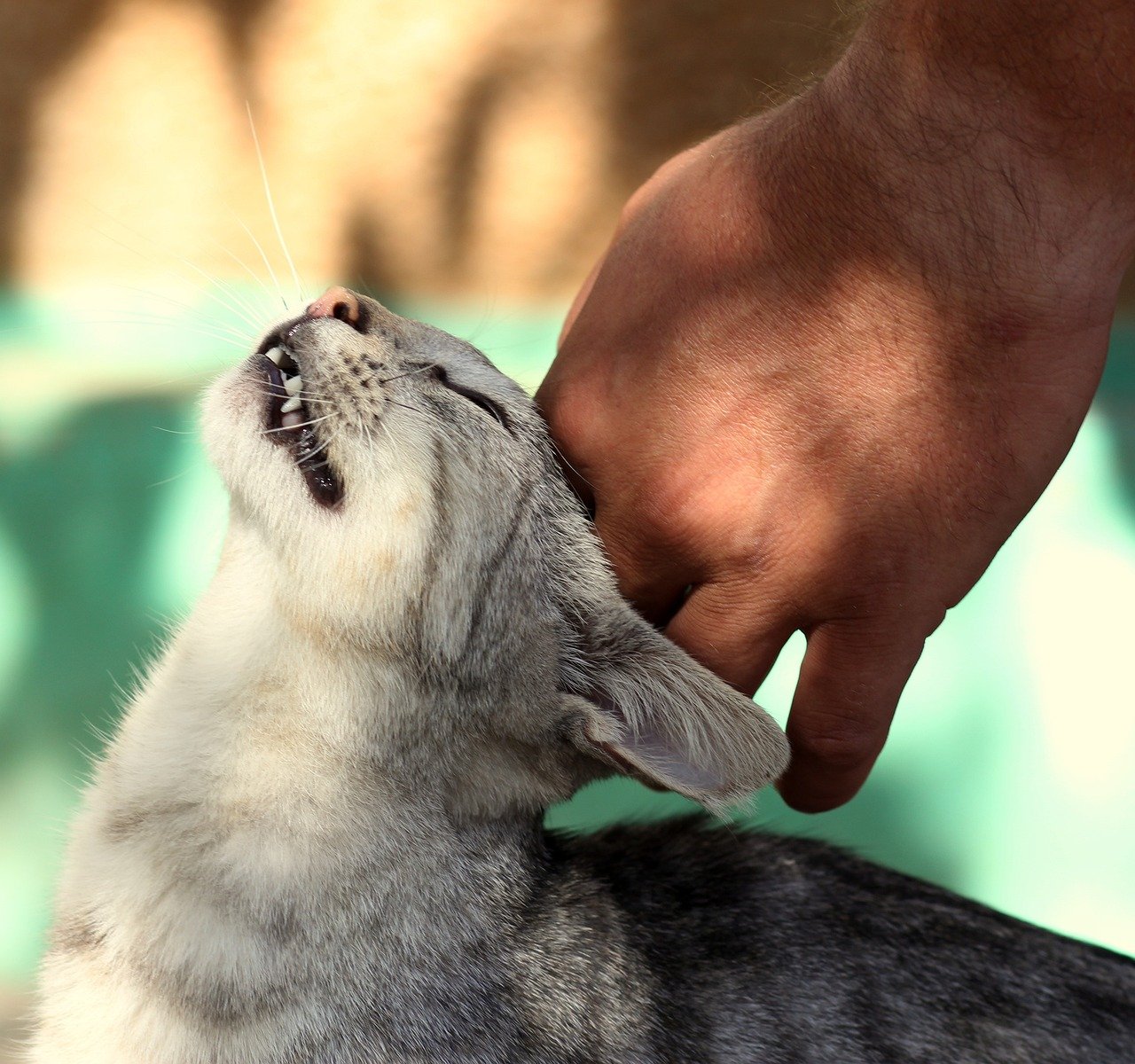
Just like humans, cats can go through rough patches. Changes in routine, new family members, or even a move can leave your cat feeling anxious or withdrawn. Signs include hiding, changes in appetite, or unusual aggression. When you notice these shifts, it’s important to respond with patience and care. Extra playtime, gentle words, or simply sitting quietly nearby can help your cat feel safe and loved again. Remember, emotional support is a two-way street.
Do Cats Experience Jealousy?

If you’ve ever brought home a new pet—or even a new partner!—you might have noticed your cat acting a bit… off. Jealousy isn’t just for humans. Cats can display jealous behaviors when they feel their place in your heart is threatened. This might look like acting out, becoming clingy, or even ignoring you. Understanding this emotional complexity can help you reassure your cat and maintain harmony at home. Sometimes, just a little extra attention can work wonders.
Attachment Styles: Is Your Cat Clingy or Independent?

Every cat is unique, and their attachment styles can vary wildly. Some cats are velcro kitties, following you from room to room and demanding constant attention. Others are more independent, preferring occasional affection on their terms. These differences often stem from early experiences, personality, and even breed. Recognizing your cat’s attachment style can help you meet their emotional needs without overwhelming them—or yourself.
The Healing Power of Purring

There’s something almost magical about a cat’s purr. Not only does it soothe and comfort, but research suggests it may actually promote healing, both physically and emotionally. The vibrations from purring can lower stress levels and even help with pain relief. Many people find that sitting with a purring cat is the perfect antidote to a tough day. It’s as if your cat is sharing their peaceful energy, reminding you to slow down and breathe.
How Cats Respond to Human Voices

Cats have an uncanny ability to pick their owner’s voice out of a crowded room. They might not always come when called, but that doesn’t mean they’re ignoring you—they’re just choosing when to respond. Studies show that cats can distinguish their person’s voice from strangers and will often react differently depending on your tone and mood. Try calling your cat in a happy, gentle voice—you might be surprised by how quickly they appear.
Emotional Memory: What Do Cats Remember?

Cats have impressive memories, especially when it comes to emotional experiences. They remember kindness, playtime, and even moments of stress or fear. This emotional memory shapes their behavior, influencing how they react in the future. If you’ve ever moved house and noticed your cat acting anxious, it’s because they remember what feels safe and familiar. Positive memories help build trust, while negative ones can take time to heal.
Cats and Children: Forming Emotional Connections

Cats can form incredibly strong bonds with children. Many families notice that their cat becomes especially protective or gentle around kids. They seem to sense the vulnerability and innocence, responding with patience and playfulness. These early connections can teach children empathy, responsibility, and the joy of caring for another living being. It’s a win-win for everyone involved.
Multi-Cat Households: Feline Emotional Dynamics

Living with more than one cat brings a whole new level of emotional complexity. Cats form their own social hierarchies, alliances, and even friendships. They can comfort each other during stressful times or compete for your attention. Watching how your cats interact can reveal a lot about their personalities and emotional needs. With patience and a bit of observation, you can help everyone get along—most of the time, at least!
Can Cats Sense Illness or Sadness?
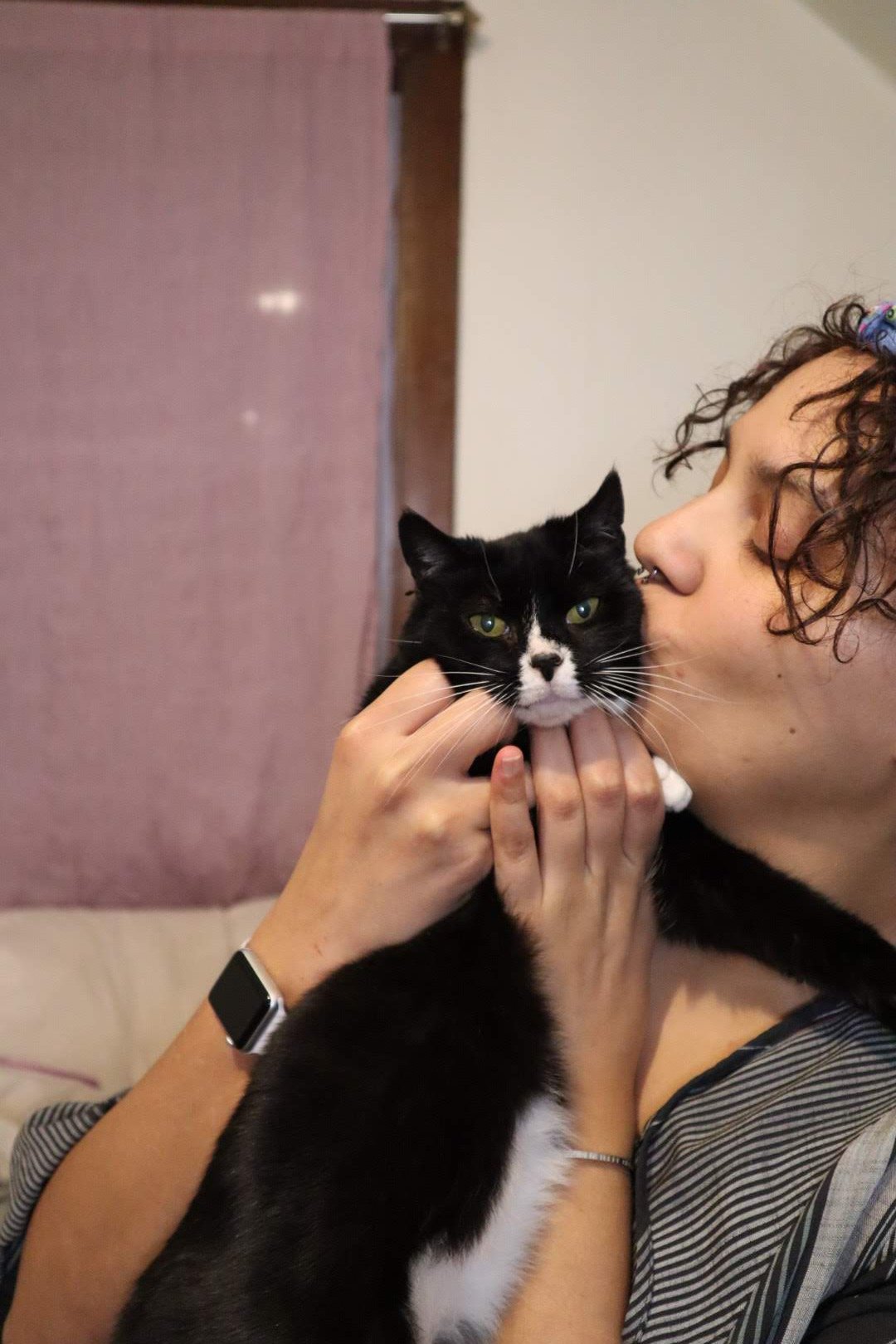
Many cat owners have stories of their feline companion acting differently when someone is sick or upset. Some cats will stay close, purring and offering silent support. Others might bring small “gifts” or simply refuse to leave your side. While science is still catching up, there’s growing evidence that cats can detect changes in human scent, behavior, and even body temperature. Their sensitivity makes them surprising emotional guardians.
Teaching Your Cat Emotional Resilience
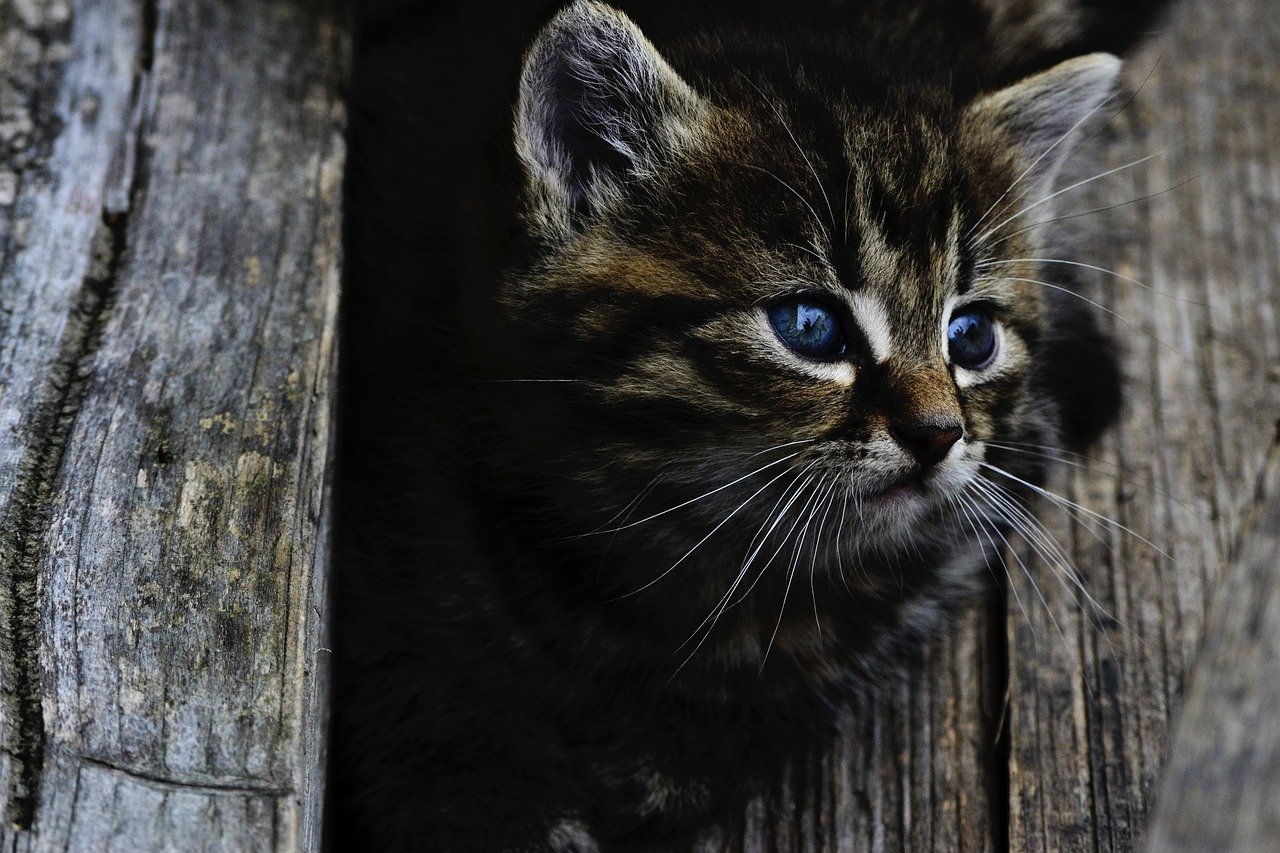
You can actually help your cat become more emotionally resilient. Routine, gentle handling, and positive reinforcement all play a role. Introducing new things slowly and providing safe spaces can help your cat adapt to change with less stress. Playtime and affection also build confidence, giving your cat the tools to handle life’s ups and downs. A little patience goes a long way toward fostering a happy, secure feline friend.
Emotional Needs by Breed: Are Some Cats Smarter?
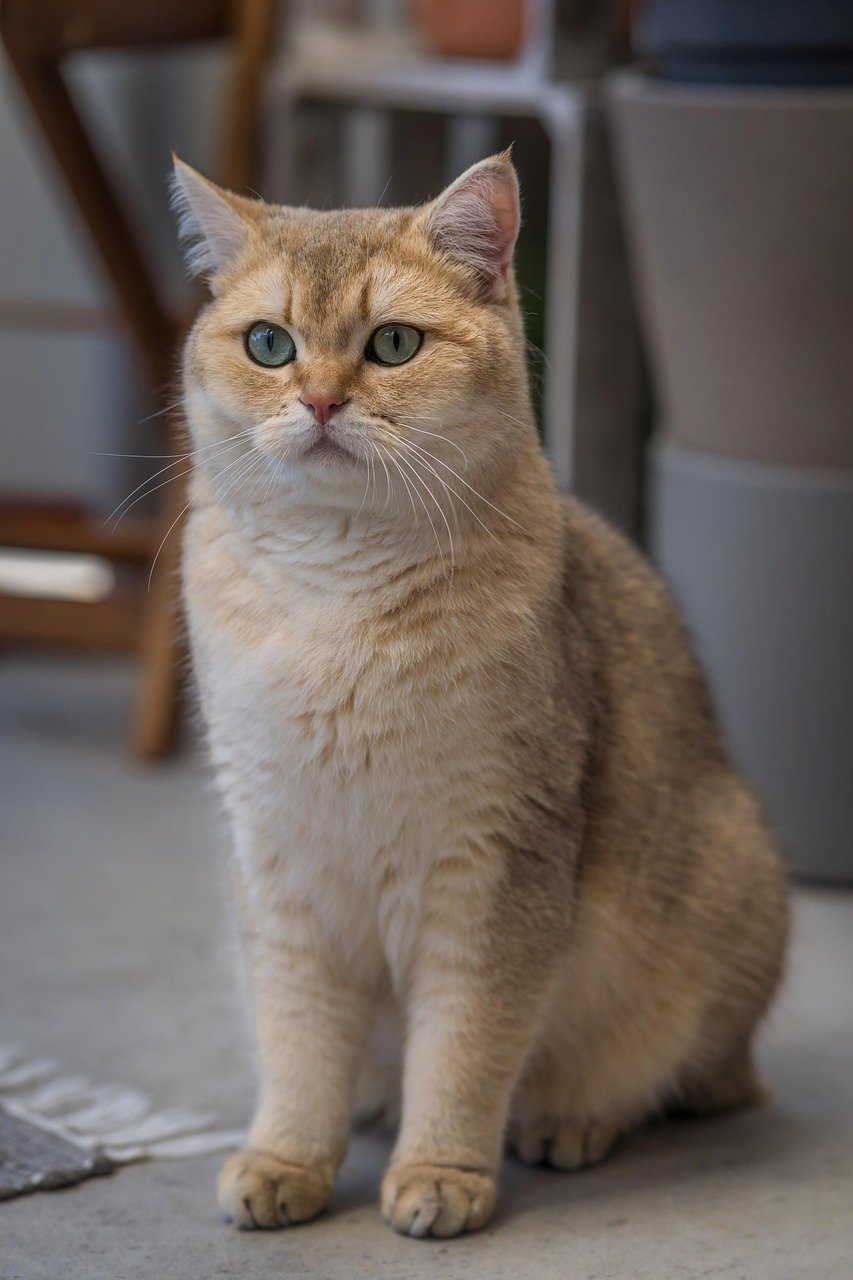
Not all cats are created equal when it comes to emotional intelligence. Some breeds, like Siamese or Maine Coons, are known for being especially responsive and interactive. Others, like the British Shorthair, might be more reserved. That doesn’t mean one is better than the other—just different. Getting to know your cat’s unique personality and preferences is key to building a strong emotional bond, no matter the breed.
How to Strengthen Your Bond with Your Cat

Building a deep, emotionally rich relationship with your cat takes time and effort. Spend quality time together every day, whether it’s playing with toys, talking, or simply sitting quietly. Pay attention to your cat’s cues, and respect their boundaries. Treats, gentle grooming, and cozy sleeping spots can all help your cat feel safe and loved. The more you invest in your relationship, the more your cat will open up emotionally.
Living with an Emotionally Intelligent Cat: What to Expect

Sharing your life with an emotionally intelligent cat is a bit like having a furry, four-legged therapist at home. They’ll sense your moods, offer comfort, and sometimes surprise you with their understanding. Expect moments of laughter, frustration, and awe as you navigate this unique friendship. Cats may be mysterious, but one thing is clear: their emotional intelligence is real, and it makes life richer, warmer, and much more interesting.
Hi, I’m Bola, a passionate writer and creative strategist with a knack for crafting compelling content that educates, inspires, and connects. Over the years, I’ve honed my skills across various writing fields, including content creation, copywriting, online course development, and video scriptwriting.
When I’m not at my desk, you’ll find me exploring new ideas, reading books, or brainstorming creative ways to solve challenges. I believe that words have the power to transform, and I’m here to help you leverage that power for success.
Thanks for stopping by, Keep coming to this website to checkout new articles form me. You’d always love it!






